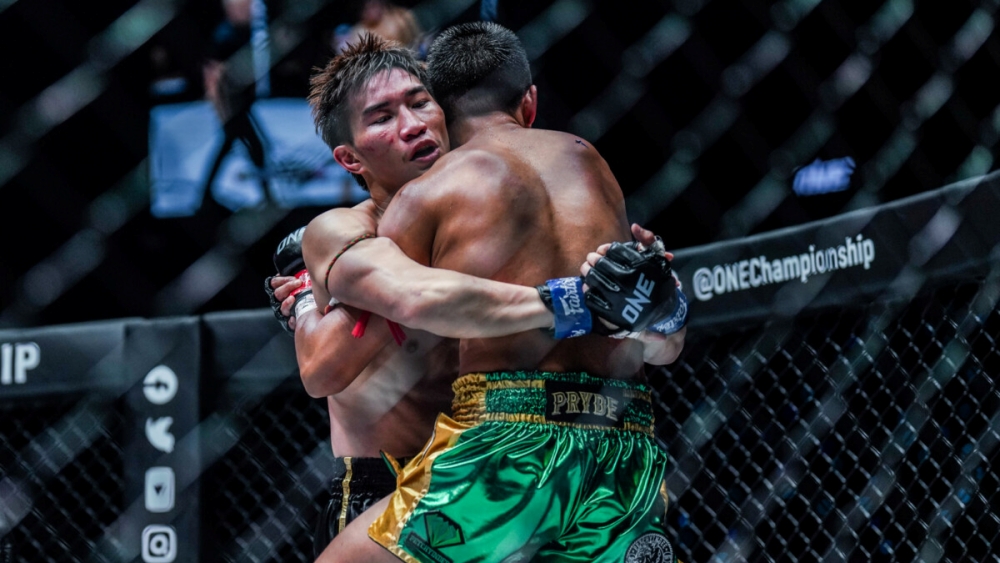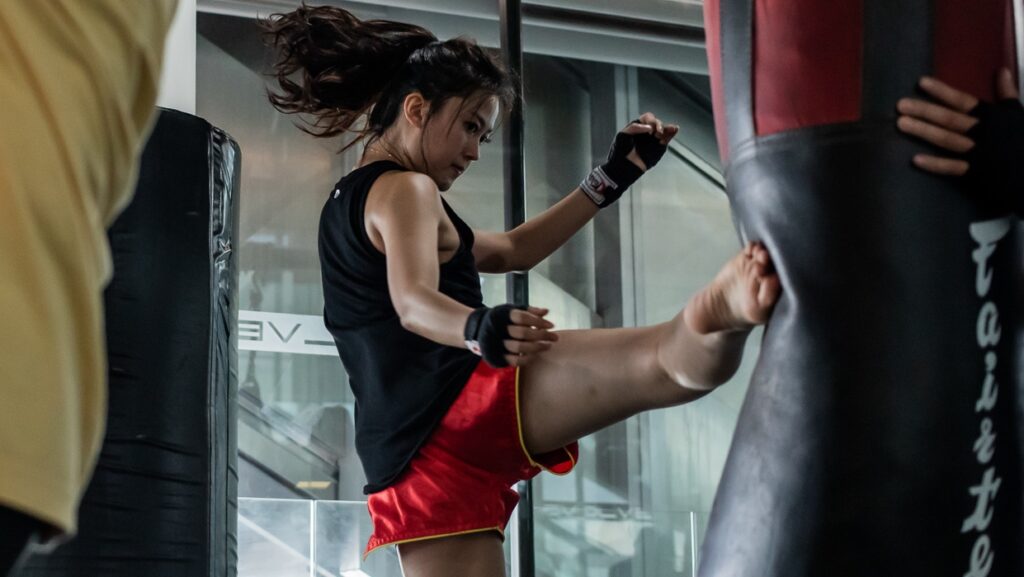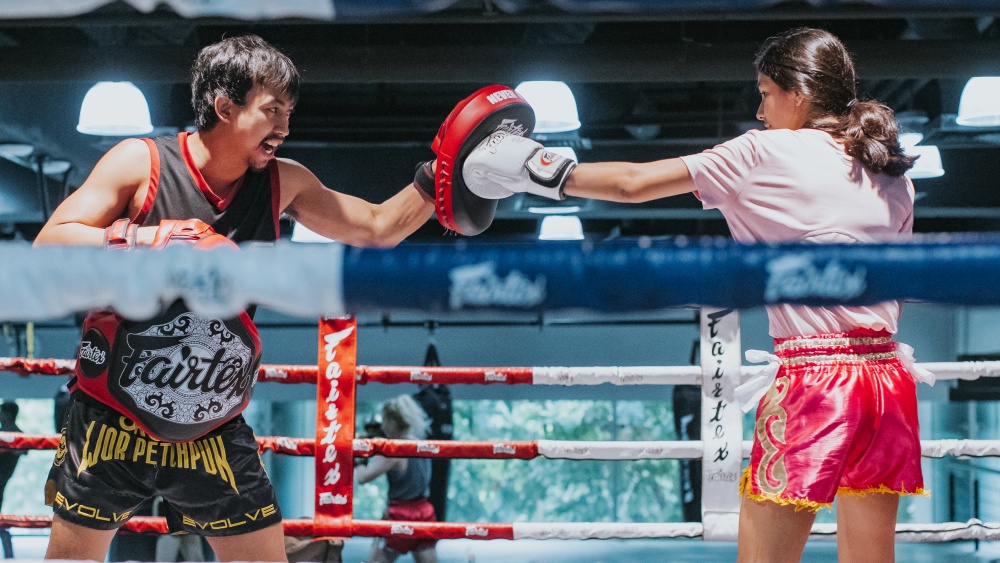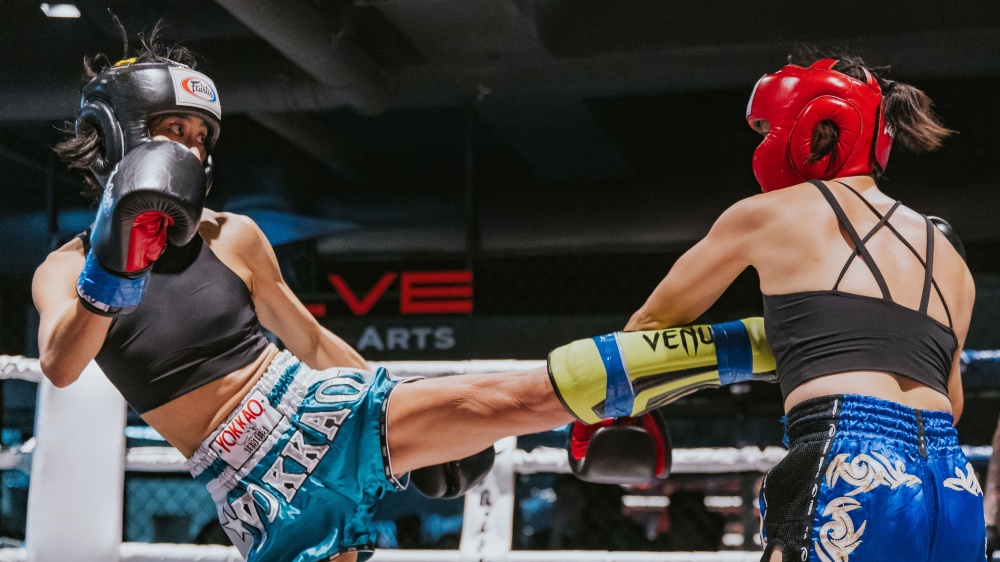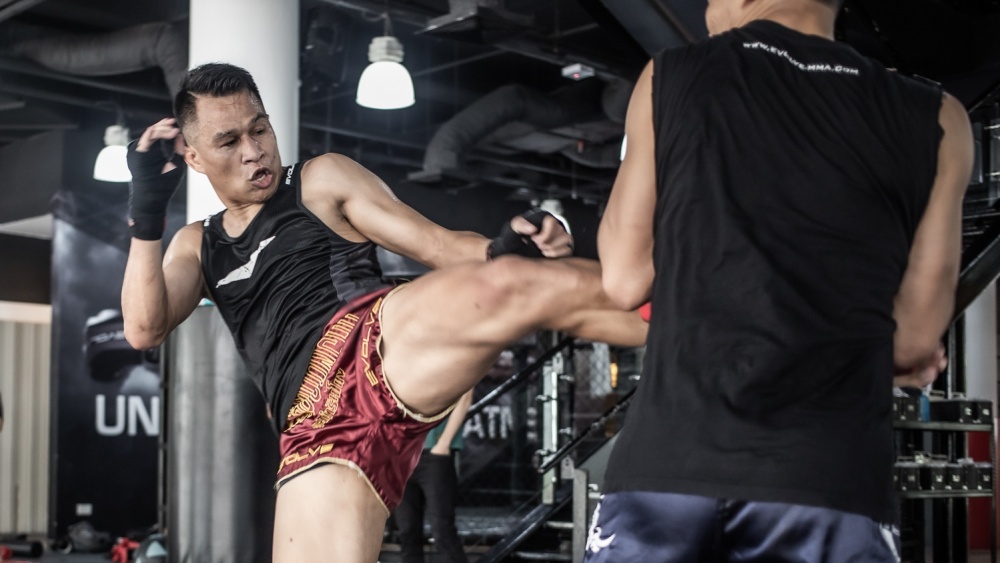When you first jump into the sport of Muay Thai, you learn all of the common strikes in the Art of 8 Limbs. Learning to strike is an exciting first step into the sport. As you continue to train, it comes as no surprise that you must also learn how to avoid getting hit as well. Although it is not as exciting and thrilling as throwing strikes, avoiding strikes is an integral part of the Muay Thai game, and something you must dedicate yourself to if you wish to excel at the sport.
Learning to evade strikes in Muay Thai can often seem overwhelming at first. Learning to slip and move out of the way of incoming strikes takes a lot of skill, practice, and dedication. The result of this hard work is always worth it. You will become a fighter who can slip and evade strikes being thrown at you, and eventually land your strikes in return.
If you are looking to work the skills necessary for avoiding getting hit while training, look no further than this guide to slipping and evasion in Muay Thai.
What Does Evasion Mean?
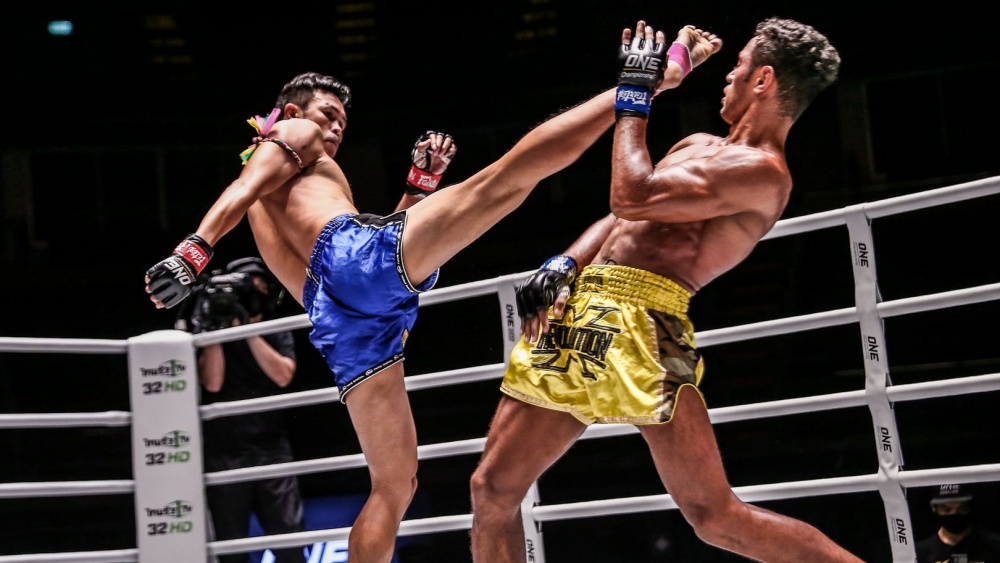
Let’s start with the basics. What is evasion?
Evasion in Muay Thai simply means avoiding getting hit. There are many ways to defend against strikes, but not all of them fall into the bucket of evasion. Evasion refers to the methods of defense that do not result in a hit in any way. Blocking a strike or covering for a strike are excellent defenses, but they are not evasive. If you want to be evasive, you need to learn to not be in the way of a strike at all.
Slipping
Slipping is the most basic method of evasion. It is typically one of the first evasive moves that new practitioners dive into, and one that will help you to move out of the way of most strikes coming up the middle toward your face. Learning to slip will serve you well as you explore the sport of Muay Thai, but you might find that it takes a great deal of practice and time to hone your slips and perfect them. Regardless, learning to slip is always worth the effort.
How To Slip
The concept of slipping is quite simple. Getting good at it takes time and practice. Here’s how to do a basic slip:
- Utilize a slip when your partner throws a jab or cross. These straight strikes up the middle will make the slip easiest to practice and learn.
- When your partner throws a jab with their left hand toward you (your right), lean your head toward the right and closer to your opponent. Combining both the lateral and forward movements will make the slip more evasive than moving in just one plane.
- If needed, consider taking a small step to the right to aid in moving your entire body out of the way of the strike.
- Draw your left shoulder up towards your jaw to protect your jawline.
- Move and/or counter as you complete this evasive slip.
Practicing your slipping motion will help solidify the movement, while also helping you learn to recognize the incoming strikes that might best be defended against by utilizing the slip.
How To Practice The Slip
There are many drills to help you perfect an evasive slip. Here are a few drills you can use to improve this skill:
- With A Partner: Have your partner slowly (but technically) throw a single jab or cross at you. Slip when you see the strikes coming towards you, and be sure to follow up with some counters to build good follow-up habits. When you are ready to progress, have your partner move around with you and throw combinations (rather than single strikes). Look for the openings to slip, continuing to follow up with counters.
- Alone In A Mirror: Place a piece of tape straight up and down on a mirror. While shadowboxing in the mirror, utilize the piece of tape to help you work your way into your slips by moving your head off-line (to the sides) from the tape.
- With A Slip Cord: Tie a rope a few meters long across your training space at approximately nose or chin height. Shadowbox while moving along the length of the rope, slipping your head to the sides of the rope as you go and throwing strikes as well.
Whether you have a partner to drill with or just some rope and tape, there are definitely some easy ways to practice your slips to become a more evasive fighter.
Implementing Your Slips
Learning to implement your slips into your Muay Thai game is a game-changing step to becoming a more elusive fighter. If you’ve watched many Muay Thai fights, you’ll know how exciting it is to watch a fighter slip and move their head while their opponent struggles to land a shot on them.
As a spectator, it can seem simply magical to watch someone avoid every shot thrown their way. Implementing your slips, even if at a basic level, will put you on the path to accomplishing those same incredible and evasive movements.
If you want to implement slips into your game, be sure to drill, drill, drill first. High-quality repetitions are the only way to build up your skill set to lead the way to practical application. If you want to be evasive and slip well, start with drilling.
After you’ve spent a good deal of time drilling your slips, you should aim to implement them in sparring rounds. Much like with drilling, you can ask your partner to start slow and technical so you can learn to spot the opportunities to slip and evade strikes. You can even let your partner know what you are working on so that they can slowly escalate as you become more and more successful.
Once you’ve had a chance to drill and begin working your skill with a cooperative and helpful partner in sparring, you should be looking to add them to your regular sparring rounds. You will likely get hit in the beginning, missing the mark of perfectly timed or placed slips, but you will begin to get some good physical feedback on your slips. If you find that you are struggling with utilizing them, head back to slow sparring or even more drilling. You can never drill too much!
Movement
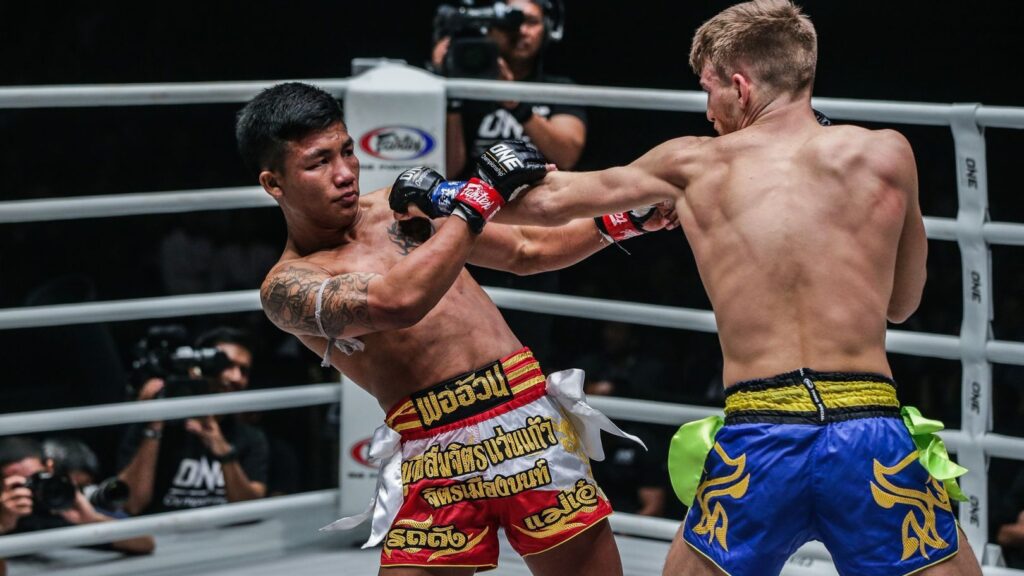
While slipping is an incredible and highly used asset for becoming an evasive fighter, there is also the movement component that must be developed. If you’ve seen an evasive fighter working, you probably noticed both their head avoiding strikes through slipping, and their body avoiding strikes by being just out of the way for body shots too. The movement of the full body adds another layer to the evasive nature of fighters.
To move your body out of the way of incoming strikes, you need to be quick, agile, and able to see the strikes coming. You don’t often have to move far – you just have to move enough to not get hit. There are a few ways you can move your body out of the way and lots of ways to accomplish them. If you are looking to add body movement to your game to become more evasive, be sure to try these out:
- Hollowing Out: Hollowing out your body is great if you need to move your torso out of the way quickly. Think of getting up on your toes and pulling your belly back. Think of making your body into the shape of the letter “C.” This method is great for avoiding body shots, but not nearly as ideal for headshots, as your primary objective is moving your torso, not your head.
- Leaning: Leaning is another excellent way to move out of the way of oncoming strikes and stay evasive. Leaning is exactly as it sounds – you will quite literally just “lean” your head and torso back to avoid getting hit. This particular method is great for avoiding head kicks, and not as ideal for leg or body shots. If you’ve seen fighters with excellent leans, you’ll know how thrilling it is to watch a head kick slide straight over a fighter’s head and body and not hit them. This is the goal with a lean.
- Move Your Entire Body: Lastly, you can utilize footwork to move your entire body. While not as quick as hollowing out, leaning, or slipping, moving your body does allow you to get out of the way of strikes. Moving your entire body utilizes footwork, so for this technique, you will definitely want to spend some time working on improving your footwork to move around your opponent.
Becoming An Evasive Fighter
Becoming an evasive fighter is something that takes a lot of time and effort. Seeing the strikes, knowing when to slip, hollow out, lean, or even just move, as well as where to place your head and body while doing so are skills only gained by practice. If you’ve watched evasive fighters fight in the ring, you’ll know that these types of fighters are very exciting to watch. Often, their opponents have a difficult time hitting them, even though they are throwing many strikes at them.
If you want to become evasive, be sure to spend time drilling your skills. Drill your slips, leans, hollowing out your body, and your footwork. Over time, they will begin to flow together and you will start to create an evasive fighting game that will help you to avoid getting hit, while also returning with strikes of your own.
You may also like:
